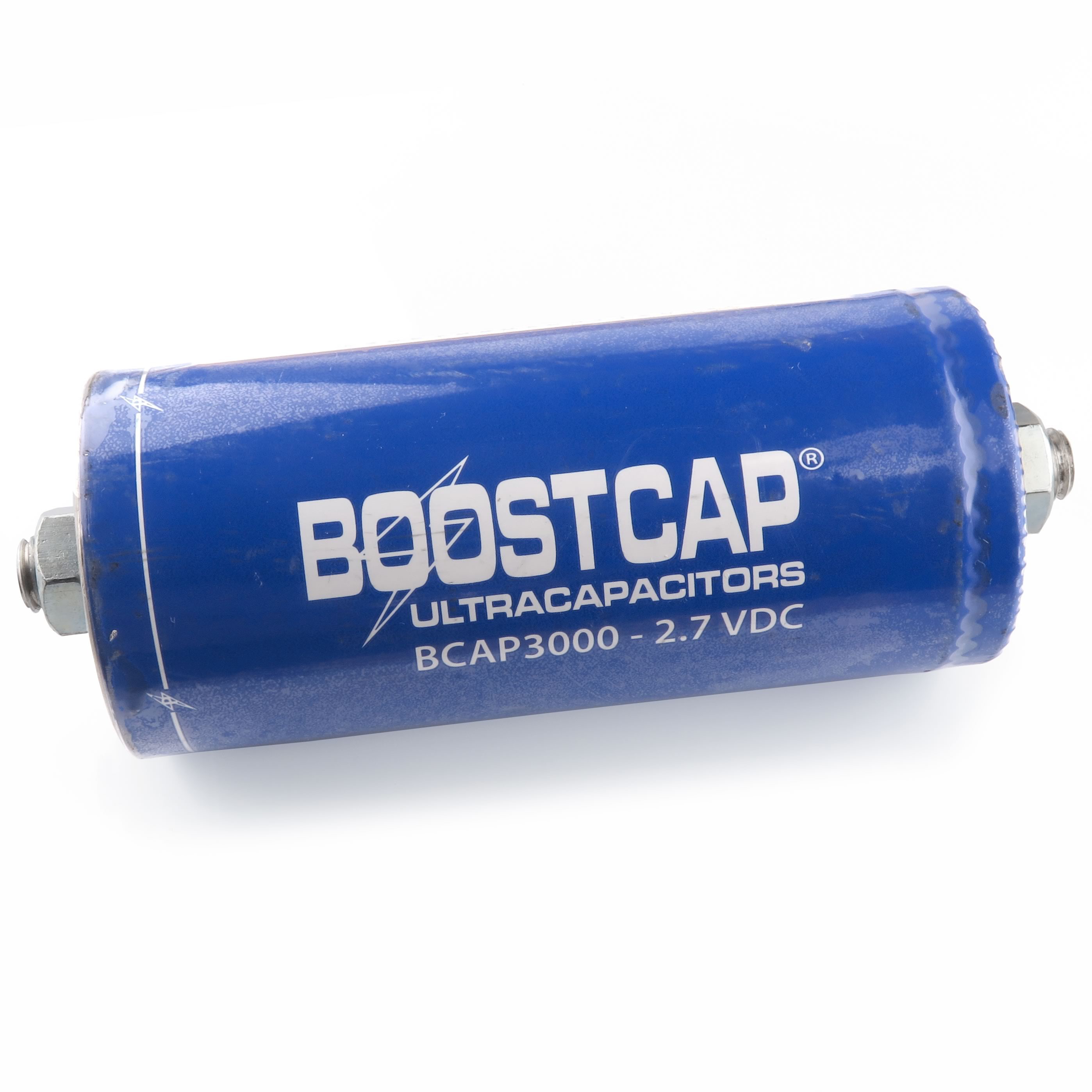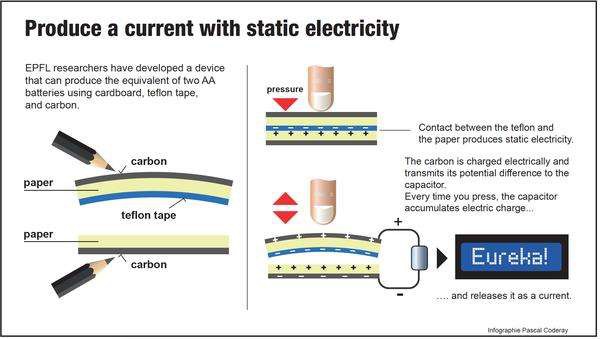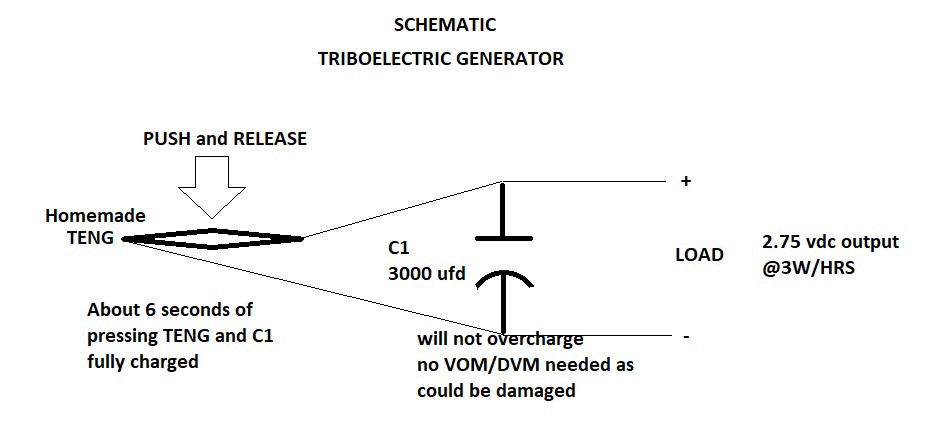
On a cold dry winter day you walk across a carpet and then touch a metal door knob. SNAP! That hurts. But you can harness that energy!
A small device made from everyday materials can generate enough energy to power several LEDs. This clever discovery was by a college student n Shanghai in 2016.
All you need to generate a little electricity is paper (cardboard), Teflon tape and a pencil. A team from the college, working with researchers from Japan, used these materials to make an 8-cm2 (1.24 square inches) device that can generate more than 3 Volts of energy: a simple, eco-friendly and inexpensive system that can produce the same energy as 2 AA batteries – enough to operate a remote control.
It all starts with static electricity
The principle underlying this system is well known: static electricity. When two insulators like paper and teflon come into contact, they gain or lose electrons. The system is made up of two small cards, where one side of each card is covered in pencil. The carbon serves as the 2 electrodes connected to a super capacitor (3000 ufd).
(These monsters are quite expensive. I'll need funding before I can build the project)

Teflon is then applied to the opposite side of one of the cards. When brought together, they make a sandwich: two layers of carbon on the outside, then two layers of paper, and one layer of Teflon in the middle. They are then taped together in such a way that cannot touch, giving the system a configuration that makes it electrically neutral.

By pressing down with your finger and releasing on the TENG above , the two insulators come into contact. This creates a charge differential: positive for the paper, negative for the Teflon. When you release your finger and the cards separate, the charge passes to the carbon layers, which act as electrodes. A super capacitor placed on the circuit absorbs the weak current in seconds that is generated.

To boost the device's output, you can use sandpaper. Pressing the sandpaper firmly against the cards gives them a rough surface. This increases the contact area, which in turn improves the system's output about 6 times. If you press your finger on the cards at a rate of 1.5 times per second, for a short period of time the capacitor will release the same amount of voltage as that supplied by two AA batteries. This is enough to power micro or mini sensors, which need only a little electricity to run.
The first 'TENG' made with household materials
This type of system is quite promising since it can be constructed with everyday items. Research on the use of static electricity to generate energy, dubbed 'TENG' (triboelectric nano-generator), began in 2012. "The one that was developed in the framework of this European project is the first one to use natural, everyday and environmentally friendly materials," said Jürgen Brugger, a professor at the Microsystems Laboratory. This could have applications in the medical field, for example. Ultra low-cost sensors made of paper for various diagnostic purposes, which would be especially practical for developing countries, are already being tested. This paper system could represent the next step, since it would remove the need for conventional batteries. Another advantage is that it does not generate waste, since it can simply be incinerated or left to decompose naturally.
POST SCRIPT
If you put 2 super capacitors in series you can yield about 5 volts. These Boost Caps can not be overcharged, they charge very fast, and the watt hours is kind of long. I've seen one of these caps light up 3 Halogen 6 Volt lamps for about 1~2 hours. If you could connect the paper triboelectric generator (TENG) to a constant moving cam from a water wheel or wind power or ocean waves or even you walking on it, imagine the constant power. And they can't overcharge.
CHECK THIS OUT!
Here is a schematic of the project:

 chris jones
chris jones